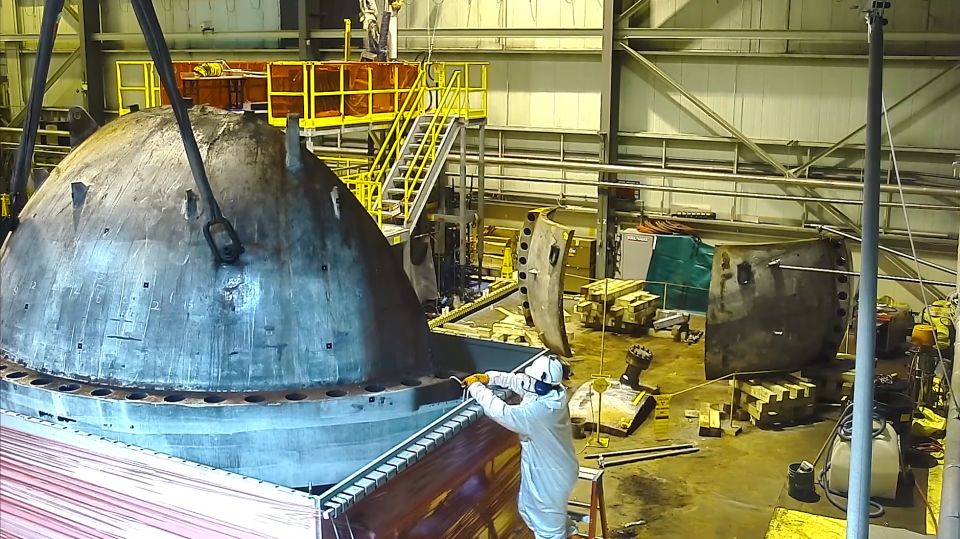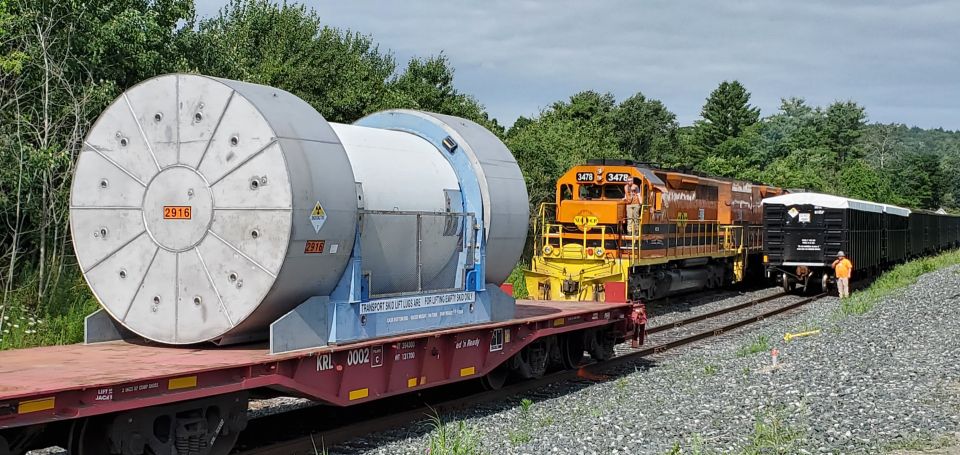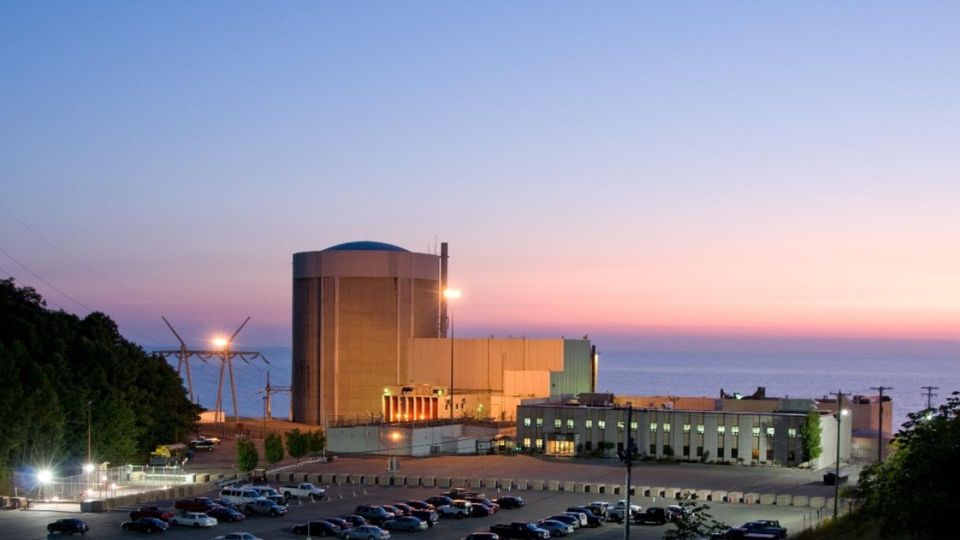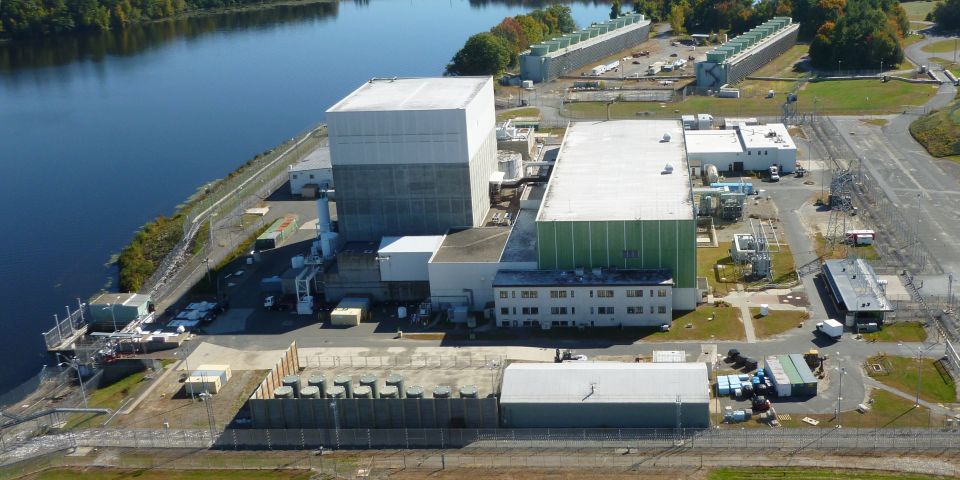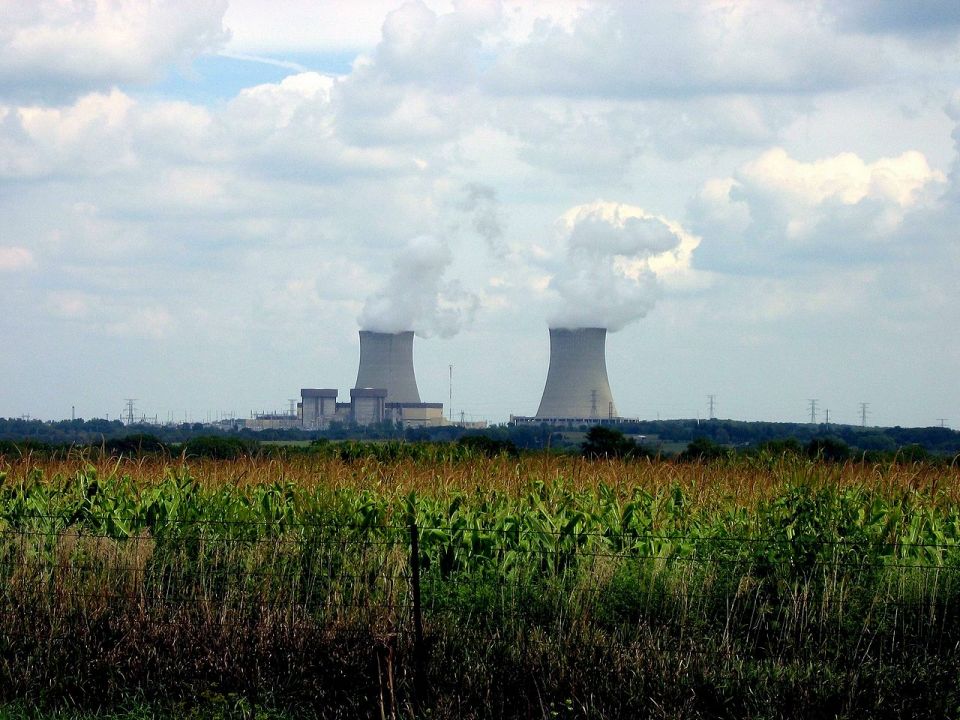Vermont Yankee: Now What Are Opponents Doing?
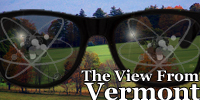 The shutdown of Vermont Yankee at the end of its current fuel cycle next fall has been announced. Now that opponents have been handed what they were working for, it might be expected that they would declare victory and go on to something else. This isn't happening. It would be normal for the state and local governments to be concerned about the economic impact of the shutdown, and begin to plan for it. But what are the "anti-nukes" doing? You might be surprised, if you didn't understand their real motive.
The shutdown of Vermont Yankee at the end of its current fuel cycle next fall has been announced. Now that opponents have been handed what they were working for, it might be expected that they would declare victory and go on to something else. This isn't happening. It would be normal for the state and local governments to be concerned about the economic impact of the shutdown, and begin to plan for it. But what are the "anti-nukes" doing? You might be surprised, if you didn't understand their real motive.
Generating political cover
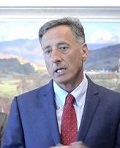
Governor Shumlin
Right after the announcement of the shutdown scheduled for next fall, Vermont's governor (Peter Shumlin), who had been criticizing plant owner Entergy for years and saying that the plant should be shut down, reached out to Entergy. In 2011 Shumlin said "no one ever told me about SAFSTOR," and that it had not been mentioned in any hearings. We didn't hear that this year, since SAFSTOR clearly was discussed previously by the governor (for more on SAFSTOR and Vermont Yankee see this post at Yes Vermont Yankee). If the governor wanted to argue that only what is said or not said in the legislature is what counts, he would be agreeing with the federal court that found "legislative intent" in overturning state laws regarding Vermont Yankee. The governor and Vermont's Department of Public Service have held a series of closed door meetings with Entergy to discuss decommissioning. There is talk of asking the state's Public Service Board, which has still to issue a Certificate of Public Good to the plant for another year of continued operation, to include decommissioning provisions in the certificate.
What can the state and Entergy talk about? They can't change the facts of physics. The last fuel to operate in the reactor must stay in water cooling for five years until it is ready for air cooling. This governs what can happen. There is no equipment for transferring used fuel out of the plant before five years. Then there is the issue of returning the site to a "greenfield" condition. Some in the public are saying this ought to mean that every last scrap of foundations and base mats must be dug up and removed, that the site must be returned to the way it was before the plant was built, no matter what the future use might be. There has been some public mention of future uses, but nothing from the state.
These talks are really about political cover. Now that opponents and the governor are going to get what they wanted, they are suddenly waking up to the fact that there will be a big economic loss to the plant's region, and to the state. In addition, they now find that the plant and the used fuel cannot disappear instantly, as if by using a magic wand. This desire is emotionally based, as is much of what drives many of the opponents. The political cover is to play to that emotion. The governor faces an election in the fall, just when the plant will be shutting down. If the anti-nukes are mad at him for not making the plant go away rapidly, they might turn against him by staying away from the polls. The anti-nuclear vote is 14 percent of his support, and without them he would not have been elected the first time.
Continuing the fear campaign
At the same time, anti-nukes are not giving up spreading Fear, Uncertainty, and Doubt (FUD) about nuclear power. Their target now is decommissioning. They apparently want to do what they did in the other decommissionings in New England-to stick their noses in the process to try to make it as costly and painful as possible for the owners. This will help in their objective of giving all of nuclear power a black eye, to further discredit it with the public.
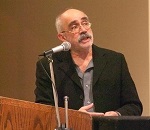 Opponents are continuing in the tactics that they have been using. There are press releases, letter writings, and public presentations. Dr. Resnikoff of the New England Coalition is a presenter at some of these events. At the coalition's annual meeting (report here) he revealed his tactic, which is to show how much radioactivity there is in the plant. He never says why or how it is dangerous. The unspoken assumption is that it is can easily harm YOU.
Opponents are continuing in the tactics that they have been using. There are press releases, letter writings, and public presentations. Dr. Resnikoff of the New England Coalition is a presenter at some of these events. At the coalition's annual meeting (report here) he revealed his tactic, which is to show how much radioactivity there is in the plant. He never says why or how it is dangerous. The unspoken assumption is that it is can easily harm YOU.
The opponent groups also are discussing and proposing various decommissioning options. Perhaps these discussions will open their eyes to the fact that the options are limited to the Nuclear Regulatory Commission's regulations. One of their cards is the "greenfield" issue. The written agreement with the state when the plant was built included the promise to grade and reseed the plant site, if necessary. There has not yet been any mention of possible uses of the parts of the site, such as roads, parking lots, fences, office buildings, and security system that would be valuable for many uses. In addition, a rail line is within a few hundred yards, and there is a major grid switchyard adjacent. Originally built with and for the plant, the switchyard is now independently owned.
What lies ahead
It will be interesting to see what the next year will bring. Lurking in the background is the Certificate of Public Good, yet to be issued. If the plant is denied the certificate it would have to shut down immediately-or go to court. Also, Vermont's attorney general received an extension to January of a deadline to file an appeal of the recent appellate court decision to the US Supreme Court. If the Supreme Court were to overturn the circuit court's decision invalidating the Vermont legislature's blocking of the Certificate of Public Good, then the certificate would be blocked and the plant would have to shut down immediately. Then there is the issue of sharing "excess revenue" per the sales agreement. If the price of natural gas remains high enough, long enough (and it is spiking now), Vermont Yankee would owe the state money.
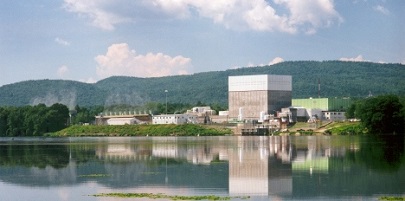
____________________
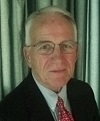
Shaffer
Howard Shaffer has been an ANS member for 35 years. He has contributed to ASME and ANS Standards committees, ANS committees, national meeting staffs, his local section, and was the 2001 ANS Congressional Fellow. He is a former member of the ANS Public Information Committee, consults in nuclear public outreach, and is coordinator of the Vermont Grassroots Project.
Shaffer holds a BSEE from Duke University and an MSNE from MIT. He is a regular contributor to the ANS Nuclear Cafe.


